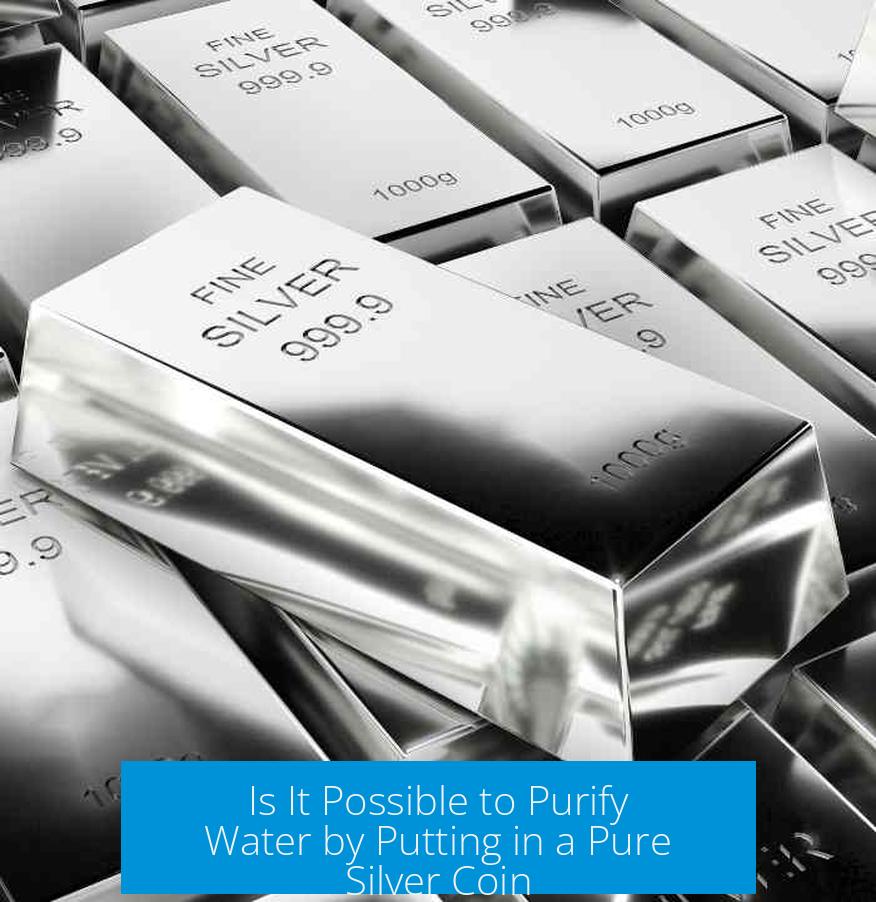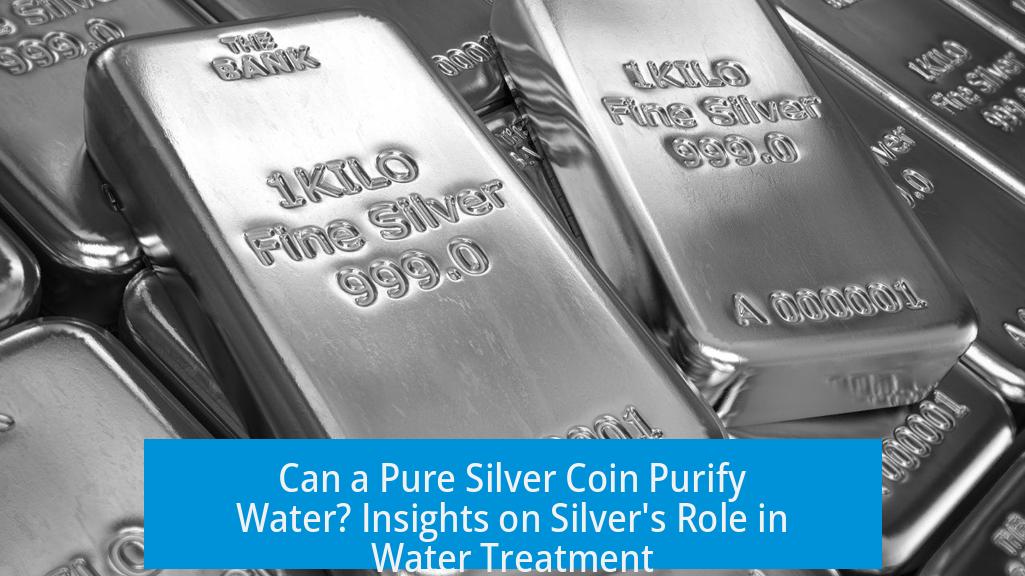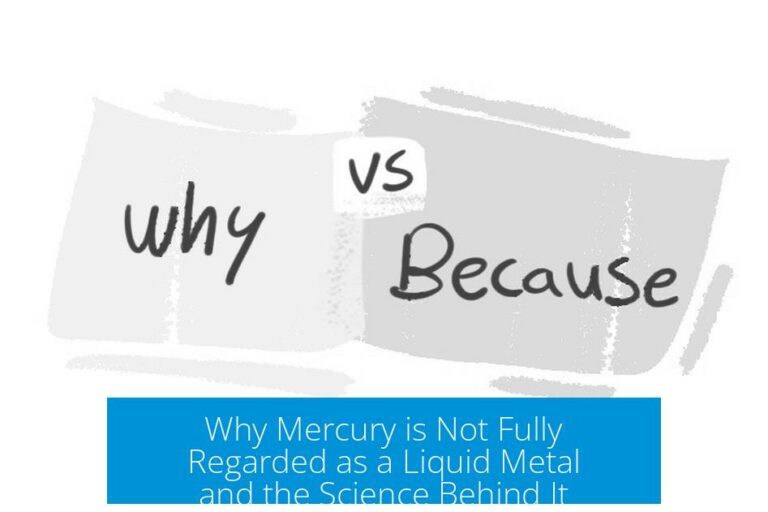Is It Possible to Purify Water by Putting in a Pure Silver Coin?

Placing a pure silver coin in water does not fully purify the water. It primarily keeps the water aseptic by inhibiting microbial growth. Silver releases ions that suppress bacteria and molds but does not remove all contaminants or guarantee safe drinking water.
How Silver Acts in Water
Silver has long been recognized as an antimicrobial agent. When silver contacts water, it releases silver ions (Ag+) into the solution. These ions can disrupt bacterial cell membranes and interfere with vital processes, thereby killing or limiting bacterial growth.
Silver’s main water-related effect is:
- Preserving the water by preventing microbial multiplication
- Inhibiting mold growth on surfaces exposed to water
However, silver does not physically remove dirt, chemicals, or viruses. It does not act as a complete purifying agent.
Silver Ions vs. Silver Nanoparticles
Research suggests that silver ions do most antimicrobial work. Some studies mention silver nanoparticles forming in water that may enhance effectiveness, but this remains under investigation and is not fully established.
Factors Influencing Effectiveness
- Surface Area of Silver: More exposed silver surface releases more ions. A solid coin offers limited surface area compared to powdered or thin silver pieces.
- Purity of Silver: While 100% pure silver is ideal, coins made from high-percentage silver alloys may still have antimicrobial effects. Jewelry grade silver often lacks sufficient purity to be effective.
- Contact Time: The duration silver remains in water affects ion concentration. Longer exposure increases microbial inhibition but can take days or weeks.
- Water Volume: Larger amounts of water dilute silver ions, lowering antimicrobial impact.
Practical Uses of Silver for Water Treatment
Historically, silver containers or coins were placed in drinking water or milk to delay spoilage. Silver is still used in modern water purification devices but usually embedded as silver-coated filters or nanoparticles. Simply immersing a single coin is rarely sufficient to ensure safe drinking water.
For experimental use:
- Using silver bullion or pure silver bars exposes more surface area than coins and might be more effective.
- Multiple silver pieces or chopped silver increase contact surface and ion release.
- Combining silver with other treatments like filtration enhances purification.
Limitations and Risks
- Silver does not remove heavy metals, chemicals, parasites, or viruses in water.
- The precise amount of silver ions released and necessary to inhibit different microbes is variable and poorly standardized.
- Excessive silver ingestion risks argyria, a condition causing skin discoloration; regulatory standards limit silver content in drinking water.
- Silver coins, especially circulated ones, may contain impurities or other metals reducing antimicrobial effectiveness and potentially contaminating water.
Alternative and Complementary Methods for Safe Drinking Water
Water filters designed for camping or home use employ mechanical filtration, activated carbon, and UV light to remove biological pathogens and impurities better than silver alone. These devices can:
- Remove bacteria, protozoa, and some viruses
- Reduce harmful chemicals and heavy metals
- Improve taste and clarity
Boiling water remains a quick and effective method to kill pathogens. Using silver coins as a sole purification method is insufficient and unpredictable.
Scientific Perspectives and Recommendations
There is no consensus or official guideline endorsing silver coins as standalone water purifiers. The World Health Organization and other scientific bodies acknowledge silver’s antimicrobial properties but recommend tested, regulated methods for potable water treatment.
Individuals interested in the effect of silver on water quality find it worthwhile to compare water samples with and without silver through controlled experiments. Such projects could explore:
- Variation in microbe counts
- Changes over time in ion concentration
- Impact of silver purity and surface area
Summary of Key Points
- A pure silver coin placed in water inhibits microbial growth but does not purify water fully.
- Silver ions released act as antimicrobial agents preventing bacteria and mold proliferation.
- Effectiveness depends on silver surface area, purity, water volume, and contact time.
- Silver does not remove chemical contaminants or all pathogens.
- Silver bullion or chopped silver pieces are more effective than common coins.
- Safe drinking water requires filtration, boiling, or validated purification methods.





Leave a Comment